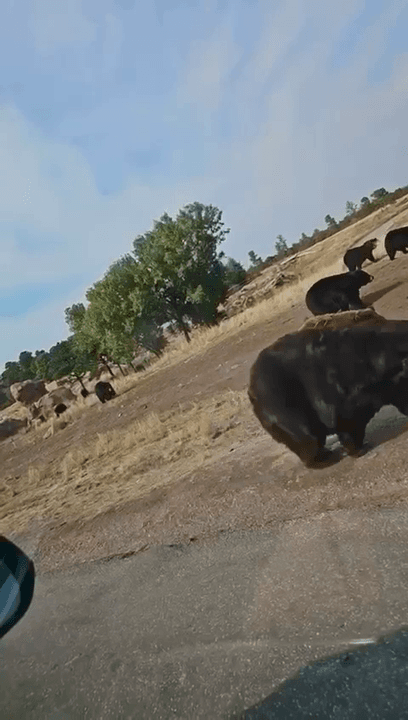
The most important currency on a hunt is cartridge . Have you ever forgotten your cartridges at home? To take wrong cartridge it’s hunters nightmare! It seems the most annoying thing is when you take 12-gauge cartridges and bring a 20-gauge shotgun. In the reverse combination, this is not a problem, one of your friends will always help.… But if you come hunting with an unpopular (rare) caliber, and the cartridges are left at home, you immediately turn from a player into a spectator))) Did your friends help you with the cartridges?
Post: 8 January 12:16














































